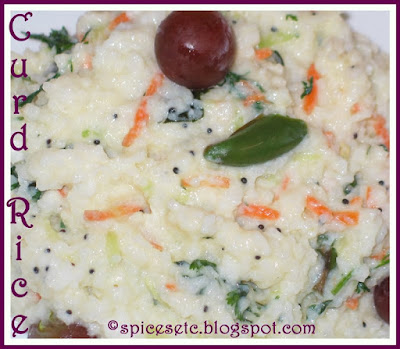Back in the Fall of 2007 I read an article about the Five Stages of Kitchen Remodeling, part of a larger report, called Homesight 2007, by Oregon-based CNW Research, in NKBA's Profiles Magazine. This study is not public, but commissioned by Meredith Publishing (BH&G).
CNW conducts exhaustive market research into consumer spending and Homesight 2007 is all about consumer spending in the area of residential remodeling. Their study is based on over 3 million remodeling projects and over one million respondents.
The article, from "THE CONSUMER SHOPPING EXPERIENCE" was written by Tom Troland, Meredith Research Solutions; and Art Spinella, CNW Research.
I scanned it at the time with interest as blogfodder and am finally getting back to commenting on the study results.
Unfortunately Profiles Magazine does not have an online version; so this is going to involve LOTS of typing (sigh). I will condense and paraphrase as best I can.A. There is a
PROCESS to decisionmaking about all home improvement projects. The process is the same regardless of the size of the project.
B.
Women regard kitchen remodels as the PREMIER project they can undertake in their homes (Men go for entertainment spaces and finished basements).
C. Women take responsibility for most decisionmaking for a kitchen remodel.
D. The process of product selection is a learning curve. Decisionmaking is more VOLATILE in a kitchen remodel than in any other room in the house, with consumers changing their minds many times as they get educated in the process.
E. The average duration of a kitchen remodel, from first inkling to completion is two years...many take longer.
(I just got an email from Edie in San Francisco, who has been planning for eight years).F. Kitchen remodeling consumers are most influenced in their decisions by retailers.
G. "Empty Nesters" and "Mature Families" are most likely to undertake a kitchen remodel.
H. Shoppers should be aware of the "status quotient" that different brands project and how they affect their decisions.
I. The difference between estimated budget and what is spent is +13-14%, regardless of project size.
THE SHOPPING PROCESSSTAGE 1. NEEDS ASSESSMENT (five weeks)
Projects often start small and escalate. A need for a new major appliance,
for instance, can precipitate a kitchen remodel if other conditions are right.
Wish List created.
Magazines are the major resource for ideas.
More than 50% create a project folder at this stage.
19 project categories and 52 brands considered.
STAGE 2. PRODUCT COMPARISONS (four weeks)
More product categories, but brands are narrowed.
STAGE 3. FEATURES COMPARISONS (six weeks)
In this stage products expand to 28 and brands to 75!
Frenetic shopping!
Learning - seeking advice.
THE DECISION IS MADE ON WHETHER THE PROJECT WILL CONTINUE OR NOT...
The tipping point.
Brands still on the wish list have a good chance of being purchased.
Brands already dropped have little chance.
STAGE 4. DESIGN AND STYLE COMPARISONS (five weeks)
25 products, 35 brands (almost 1 for 1)
choices and focus narrowing.
Criteria are set.
"Style" for overall project is set.
No longer open to change.
Salespeople who "won't listen" risk losing the sale.
STAGE 5. PRICE COMPARISONS (five weeks)
19 products, 21 brands.
Store visits.
Can wish list meet budget goals?
Does delivery time impact the choices?
Should project be postponed or delayed?
Even at this late stage in the game,
fully 1/3 of all home remodeling
projects will be delayed up to five years.
Of those delayed,
17% will never be completed in full.
So. This is what is known about the "process" and selling to the kitchen remodeling products consumer. If you are reading this on my blog, this probably means YOU.
Now you know why magazines focusing on kitchen remodeling are all women-centric;>D
It's interesting to me that the only mention of DESIGN is Stage 4: Design & Style Comparisons. I don't think Design in that sense means spaceplanning and design, so I'm really not quite sure where such an all-important part of the "process" gets done???
My advice: Do the spaceplanning and design first and save yourself a lot of headaches. Most of the above frenetic running around and getting educated is really moot when you are working with an experienced designer who can guide you, partner with you and help you achieve your budget.
Peggy









